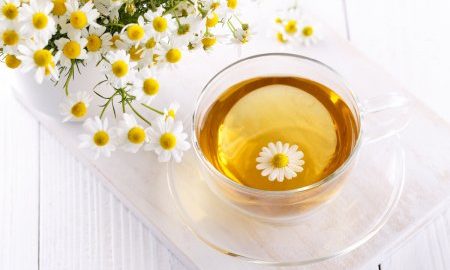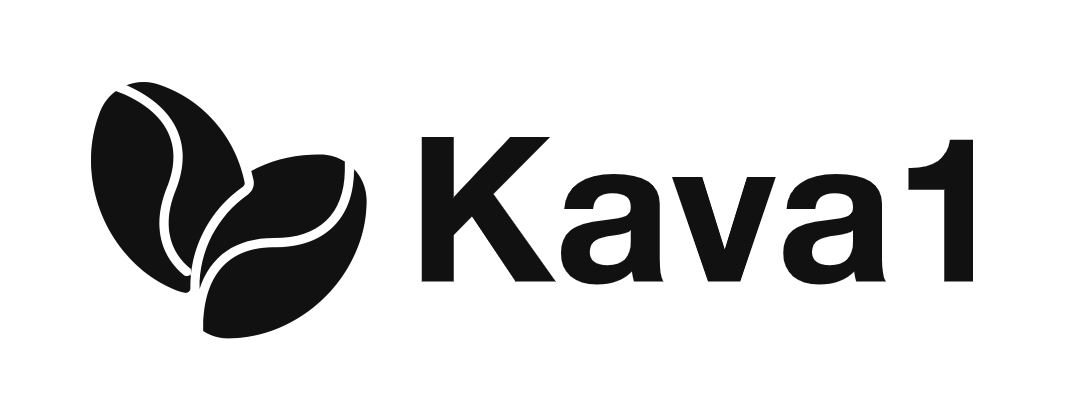Blog
CHAMOMILE: WHAT IT IS, PROPERTIES, BENEFITS

Chamomile is a plant belonging to the Asteraceae family and native to the Balkan area, North Africa and western Asia, but is currently cultivated in all countries of the world.
Among other things, it is one of the oldest and most well-known medicinal herbs , and it is believed that interest has arisen above all for its intense aroma. This led to the discovery of the different properties which then made it so famous.
What is chamomile
Today chamomile is one of the most used plants for the preparation of herbal teas in hot water like any other drink, even if unlike tea (black tea, green tea, etc.) it is necessary to speak of an infusion.
Chamomile is an annual herb and depending on the location, nutrient conditions and type of soil it is grown in the growth height is between 20 and 60cm.
It also gives off a distinctive scent which makes it relatively easy to distinguish from other plants. From a structural point of view it should be added that it has relatively thin roots which usually range from light brown to yellowish.
The leaves, on the other hand, are generally long and between 3 and 8 centimeters, alternate, relatively small, numerous in the erect stems and generally very branched.
Furthermore, it must be said that the flowering period of the chamomile is generally between mid-May and the beginning of October, i.e. when there are yellow flowers in the center and with white petals.
It is also useful to know that the leaves and flowers of the chamomile plant are edible , even if it is necessary to follow some precautions since the excess could cause allergic reactions especially in subjects who complain of this condition.
Properties and benefits of chamomile
The chamomile plant is highly appreciated for the antispasmodic and anti-inflammatory properties of the flavonoids of which it is composed, and has been consumed for centuries as a natural remedy for numerous ailments.
In Egypt, for example, it was cultivated and used to treat malaria, in Rome as a remedy for urinary tract infections and headaches, in South Africa to combat insomnia, rheumatism and sore throat.
Also in the Middle Ages chamomile became one of the most used medicinal plants in Europe as it was considered ideal as a diuretic, relaxing, digestive tonic and to relieve abdominal pain.
Chamomile is also characterized by antioxidants that help reduce the risk of various diseases including heart disease and other serious conditions.
In this regard, just to make a list of the main health benefits provided by chamomile, it is worth saying first of all that one of the most popular uses is for the treatment of stress and anxiety .
Chamomile also benefits the quality of sleep as it contains a substance called apigenin, which is an antioxidant that acts on some receptors present in the brain, reducing the state of insomnia or to counteract the chronic one.
Still on the benefits of chamomile, it is important to add that its antispasmodic and anti-inflammatory properties make the infusion a rather popular choice for women suffering from menstrual symptoms such as bloating, cramps, anxiety, sweating, inability to sleep and humor.
Regular consumption of this plant can help reduce problems such as irritable bowel syndrome, nausea, muscle spasms, aerophagia and gastroenteritis, among other things.
Drinking chamomile infusions can also minimize blood sugar levels, preventing the damage to pancreatic cells that occurs when the aforementioned glucose is quite high.
Contraindications: is chamomile tea bad for you?
Although chamomile tea is quite safe for consumption, there are some contraindications or side reactions when you drink too much tea or infusion with this herb, so it is advisable to vary between the cups you consume.
In reference to this, it is necessary to mention some of the symptoms that can occur if you drink too much chamomile tea .
Some people may experience allergic reactions especially if they are allergic to species such as those that are part of the Asteraceae or Compositae family, so they may suffer from swelling in the throat or breathing difficulties and skin rashes.
Secondly, when chamomile is consumed in excess, the most common effect is nausea and vomiting, so it is not advisable to drink more than three cups a day.
Although an adverse effect is not known, it is always advisable not to abuse the consumption of chamomile tea during pregnancy and breastfeeding , as in this way harmful effects on the fetus are prevented.
Chamomile drink in capsules
Today, both on the traditional market and on the online one, chamomile is available in various types from the classic one for herbal teas to the one present in supplements.
Furthermore, in recent years the capsules for preparing chamomile herbal teas with the main types of espresso coffee machines have also risen to prominence. such as the DolceVita chamomile drink capsules compatible with Nespresso® , A Modo Mio® , Dolce Gusto® and Espresso Point® .
Among other things, this is the ideal solution for preparing a good cup of chamomile extracts quickly and at any time of the day. Based on what has been described so far, it can be seen that with chamomile extracts it is possible to take a break for relaxation and well-being to optimize the state of health of mind and body.

